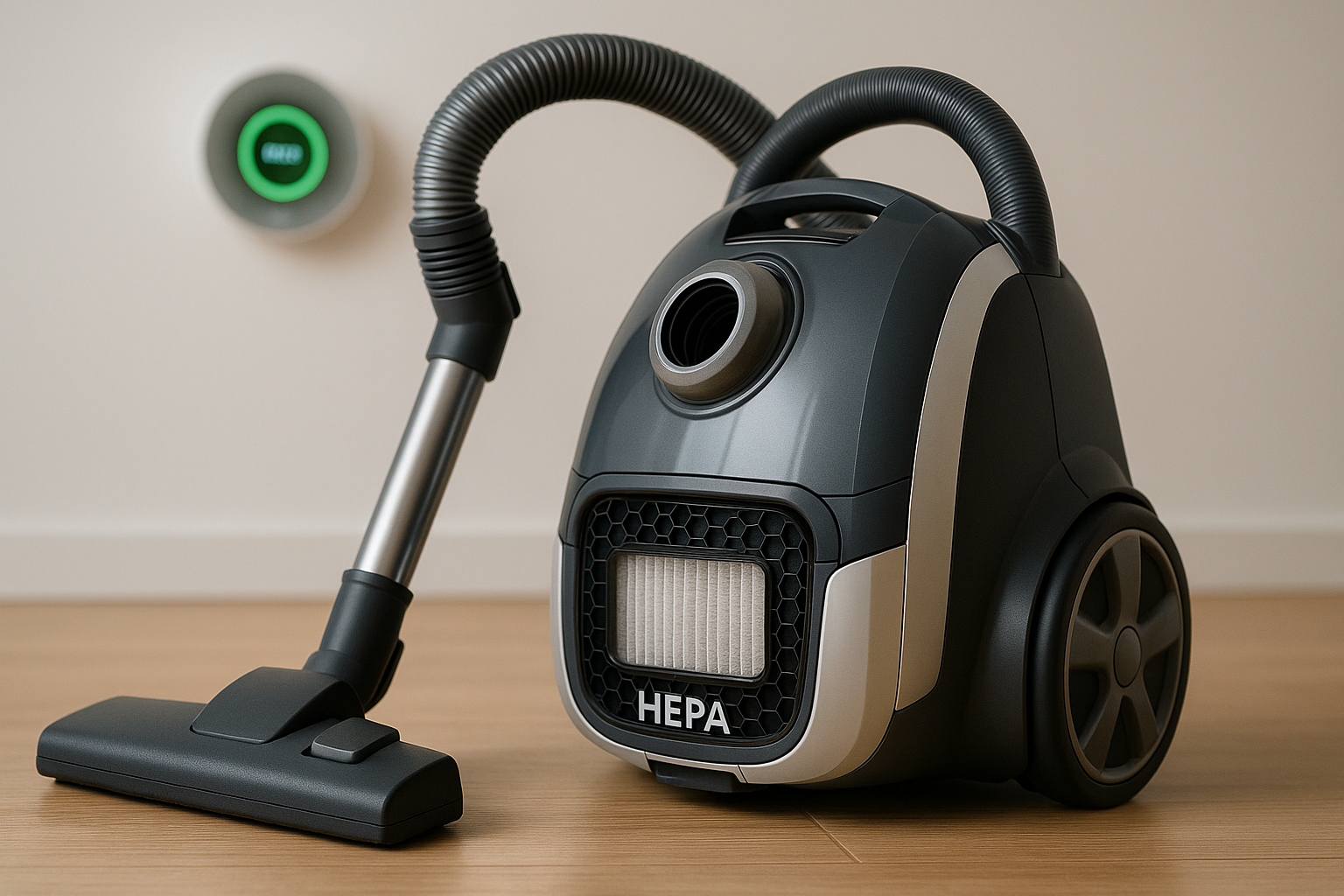The global emphasis on indoor air quality (IAQ) is not just an environmental or health issue—it's becoming a major driver of innovation in consumer appliances, particularly vacuum cleaners. With governments, researchers, and health organizations placing greater scrutiny on particulate pollution, allergens, and volatile organic compounds (VOCs), vacuum cleaner manufacturers are being pushed to reimagine what these machines can and should do.
Shifting Regulatory Landscapes
Indoor air quality regulations are tightening across the globe. In the United States, the Environmental Protection Agency (EPA) has expanded IAQ guidelines to encourage cleaner indoor environments in both residential and commercial spaces. Likewise, the European Union's Ecodesign Directive is forcing manufacturers to improve the energy efficiency and filtration capabilities of household appliances.
According to a recent World Health Organization report, poor indoor air quality contributes to more than 3.8 million premature deaths annually. This alarming statistic has prompted stricter legislation in urban areas, where poor ventilation and high dust accumulation are prevalent. As a result, the bar is now higher for vacuum cleaner brands to provide solutions that don't just clean floors, but actively support healthier living spaces.
Impact on Product Innovation
To align with these regulatory trends, vacuum cleaner technologies are undergoing rapid transformation. Traditional models are being replaced by advanced units with multi-stage filtration, smart sensors, and HEPA-standard filters. The integration of real-time air quality monitoring systems, such as those found in newer Cordless Vacuum Cleaner units, allows consumers to measure and optimize their indoor air environments instantly.
Manufacturers are also leaning into hybrid designs that can tackle wet and dry messes simultaneously, addressing both dust and airborne bacteria concerns. This shift has bolstered the popularity of products like Wet Dry Vacuum Cleaners and 4 in 1 Cordless Smart Wet & Dry Vacuum Cleaner systems, especially in the North American and Southeast Asian markets.
One standout feature driving current demand is smart automation. Many premium vacuum models are now being integrated with IoT systems for scheduling, remote monitoring, and self-diagnosis. These upgrades are not just about convenience—they’re a response to health-first consumers expecting appliances to contribute to air hygiene.
As one leading analyst at TechCrunch noted, “We’re entering a stage where household appliances must not only be functional—they must be preventative tools for health and wellness.”
Consumer Expectations and Market Response
Today’s buyers are savvier than ever. They want vacuum cleaners that are compact, wireless, and offer multi-surface cleaning with minimal noise. They also expect compatibility with green energy standards and low energy consumption ratings. This is why Li-ion Cordless Handheld Vacuum Cleaner units have surged in popularity: they offer a balance between performance, convenience, and sustainability.
But it’s not enough to simply meet demand—the most successful brands are shaping it. Marketing strategies now emphasize scientific testing, allergen capture statistics, and quiet vacuum cleaner designs as part of their core value proposition.
For example, automotive detailing professionals and busy families alike now rely on flexible Car Vacuum Cleaner models that can reach tight spaces and help maintain air quality in enclosed environments. Similarly, cordless handheld vacuums are often bundled with antimicrobial dust filters, targeting allergy-conscious consumers.
In response to stricter indoor air standards, manufacturers are now engineering solutions that bring together high suction performance, a portable and space-saving design, ultra-quiet operation, built-in self-cleaning technology, multi-functional adaptability, durable construction, fast operation, lightweight build, energy-saving efficiency, reliable power, and generous wet-dry capacity—all within a single high-performance vacuum cleaner.
Strategic Adaptation Is Key
As regulatory pressure continues to mount and consumer expectations rise, vacuum cleaner companies must adapt not just technologically—but operationally. They need smarter supply chains, better compliance documentation, and deeper engagement with local regulations.
Resources like the EPA’s Indoor Air Quality portal are proving essential for staying ahead. From proactive product testing to early adoption of new standards, manufacturers that respond fastest will likely win the trust of both regulators and consumers.
🔗 Explore product and trend updates at www.lxvacuum.com

















